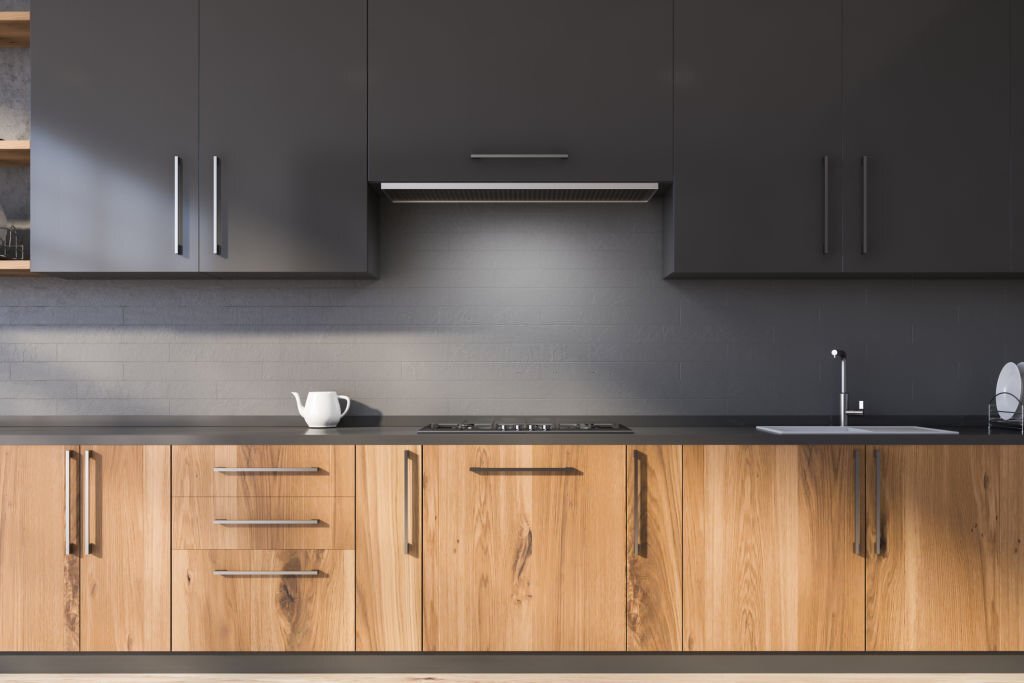Plywood is a versatile and widely used building material that comes in various types and grades. Two of the most popular types of plywood are calibrated plywood and traditional plywood. While both types of plywood have their unique features and benefits, there are some key differences that set them apart.
In this blog, we will explore the differences between calibrated plywood and traditional plywood and help you decide which one is right for your project.
What is Calibrated Plywood?
Calibrated plywood is a type of plywood that has been sanded uniformly on both sides. This means that the thickness of each sheet is precisely measured and sanded to ensure that it is completely flat and even.
Calibrated plywood is often used in high-end woodworking projects where precision and uniformity are essential.
What is Traditional Plywood?
Traditional plywood, also known as construction plywood, is a type of plywood that is made from layers of thin wood veneer that are glued together.
Unlike calibrated plywood, traditional plywood is not sanded to a uniform thickness on both sides. Instead, the surface of each sheet is typically rough and uneven, which can make it more challenging to work with in certain applications.
Comparison of Calibrated Plywood vs. Traditional Plywood
Appearance and Aesthetics
Calibrated plywood is known for its smooth and uniform surface, which makes it an excellent choice for projects where appearance and aesthetics are important. The consistent thickness and flatness of the plywood allow for a flawless finish, whether it is left natural or painted. This makes calibrated plywood ideal for high-end woodworking projects, such as cabinetry, furniture, and decorative panels.
In addition to its smooth surface, calibrated plywood is also well-suited for veneering and laminating applications. The uniform thickness of the plywood makes it easier to work with when applying veneer or laminate, and the smooth surface ensures a clean and even bond.
Traditional plywood, on the other hand, has a rough and uneven surface that may not be suitable for high-end woodworking projects where appearance is important. However, traditional plywood can still be a good choice for projects where aesthetics are not the primary concern, such as subfloors or sheathing. It can also be stained or painted to achieve a desired finish, which can improve its appearance and make it more suitable for certain applications.
Precision and Accuracy
Calibrated plywood is manufactured to have a very precise and consistent thickness, which makes it a great choice for projects that require a high level of precision and accuracy. This is especially important in applications like furniture making and cabinetry, where every piece needs to fit together perfectly. The uniform thickness of calibrated plywood means that it can be machined and cut more accurately, resulting in a better fit and finish for the final product.
In contrast, traditional plywood can sometimes have slight variations in thickness due to the natural irregularities of the wood and the manufacturing process. While these variations may be minimal, they can still make it more challenging to achieve the level of precision and accuracy required for certain projects. For example, if you are building a cabinet and the plywood sheets are slightly different thicknesses, it can be difficult to get the doors and drawers to fit properly.
Durability and Strength
Plywood is a popular and versatile building material that is used in a wide range of construction and woodworking applications. It is made by layering thin wood veneer sheets together and bonding them together with adhesive. The resulting panel is strong, stable, and resistant to warping, splitting, and shrinking.
Traditional plywood is made using a variety of wood species, including softwoods like pine and fir, as well as hardwoods like oak and maple. The quality of traditional plywood can vary widely depending on the grade of the material used, with lower-grade plywood being more prone to defects like knots, voids, and splits.
In contrast, calibrated plywood is made using high-quality wood veneers that have been carefully selected for their strength and durability. These veneers are often free of defects and have a more consistent grain pattern, which allows the plywood to be machined more accurately and with greater precision. Calibrated plywood is also typically sanded to a precise thickness, which helps to ensure that it is uniform in thickness and flatness across the panel.
The specific strength and durability of plywood will depend on several factors, including the species of wood used, the grade of the material, and the manufacturing process. Generally, plywood made from higher quality wood species and graded for strength and durability will be stronger and more resistant to warping, twisting, and splitting than lower-grade plywood. Calibrated plywood, in particular, is often considered to be a premium product due to the high quality of the veneers used and the precision of the manufacturing process.
Cost and Availability
Calibrated plywood refers to a type of plywood that has undergone additional processing, such as sanding and finishing, to ensure that it has a consistent thickness throughout. This added processing makes calibrated plywood more expensive than traditional plywood, which is not as precisely cut.
Additionally, it may be more challenging to find calibrated plywood at local hardware stores or lumber yards, as it is not as commonly stocked as traditional plywood. However, some specialty lumber suppliers or online retailers may carry calibrated plywood.
On the other hand, traditional plywood is widely available and typically more affordable than calibrated plywood. Its affordability and ease of availability make it a popular choice for construction and DIY projects, where precision is not always necessary.
Ultimately, the choice between calibrated and traditional plywood will depend on the specific needs of the project and the budget available. While calibrated plywood may offer greater precision and consistency, traditional plywood can be a more practical and cost-effective option for many projects.
Conclusion
In conclusion, both calibrated plywood and traditional plywood have their unique features and benefits. Calibrated plywood is ideal for high-end woodworking projects that require precision and uniformity, while traditional plywood is a more affordable and readily available option for construction and DIY projects.
When choosing between calibrated plywood and traditional plywood, consider the specific requirements of your project, including aesthetics, precision, durability, and cost.
By understanding the differences between these two types of plywood, you can make an informed decision and choose the right material for your project.
There are several different types of plywood available in market such as gurjan plywood, zero emission plywood, fire retardant plywood and more.




